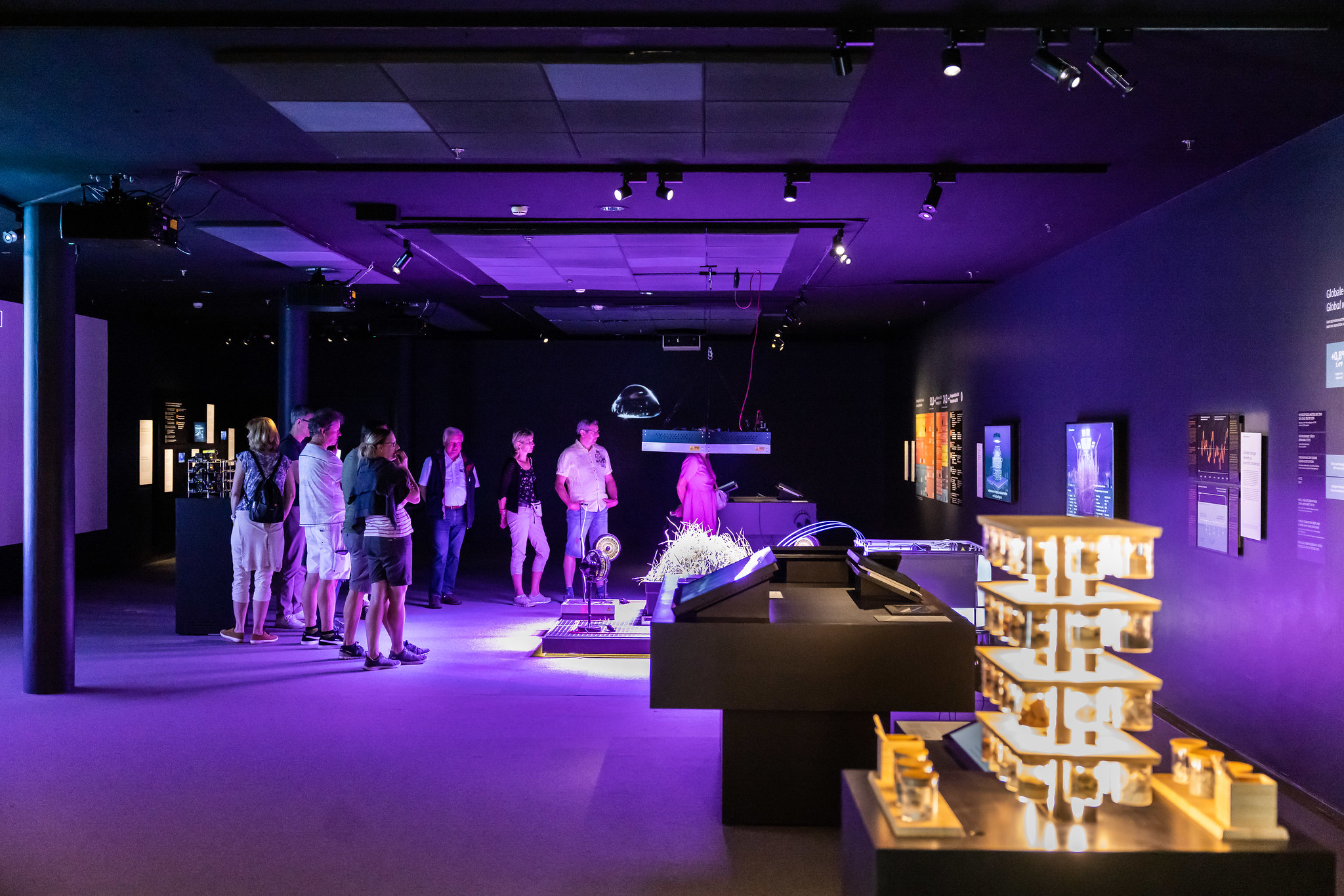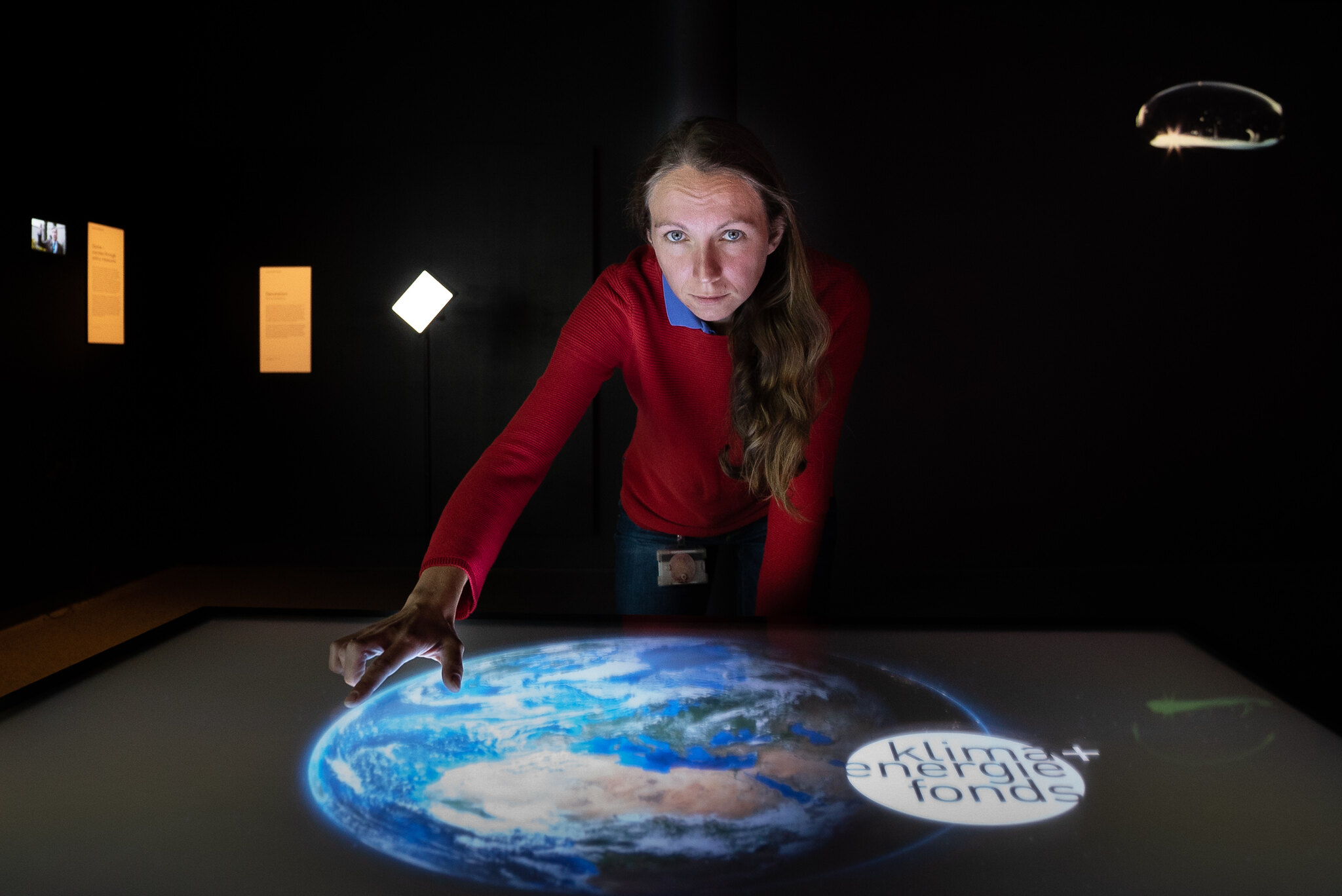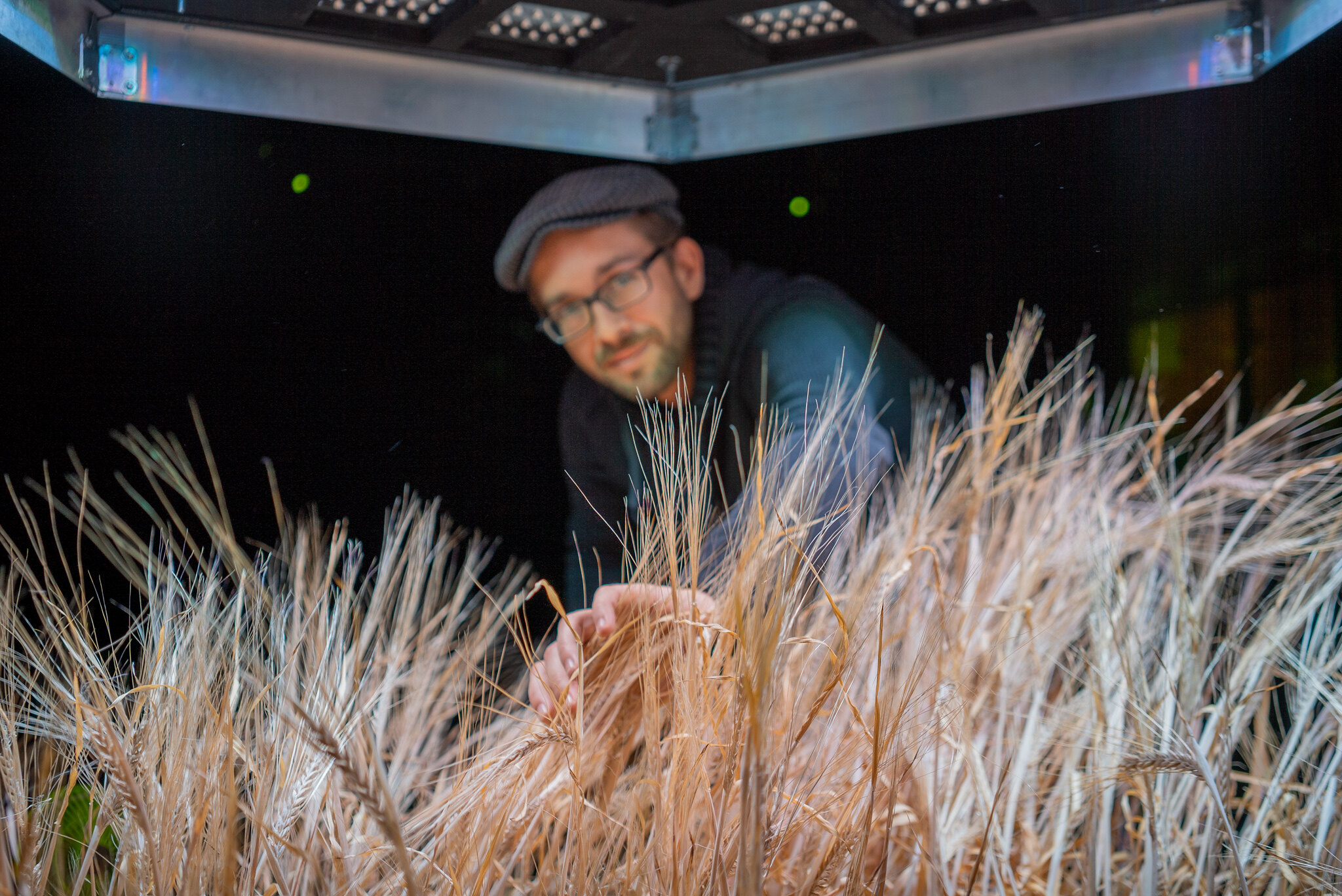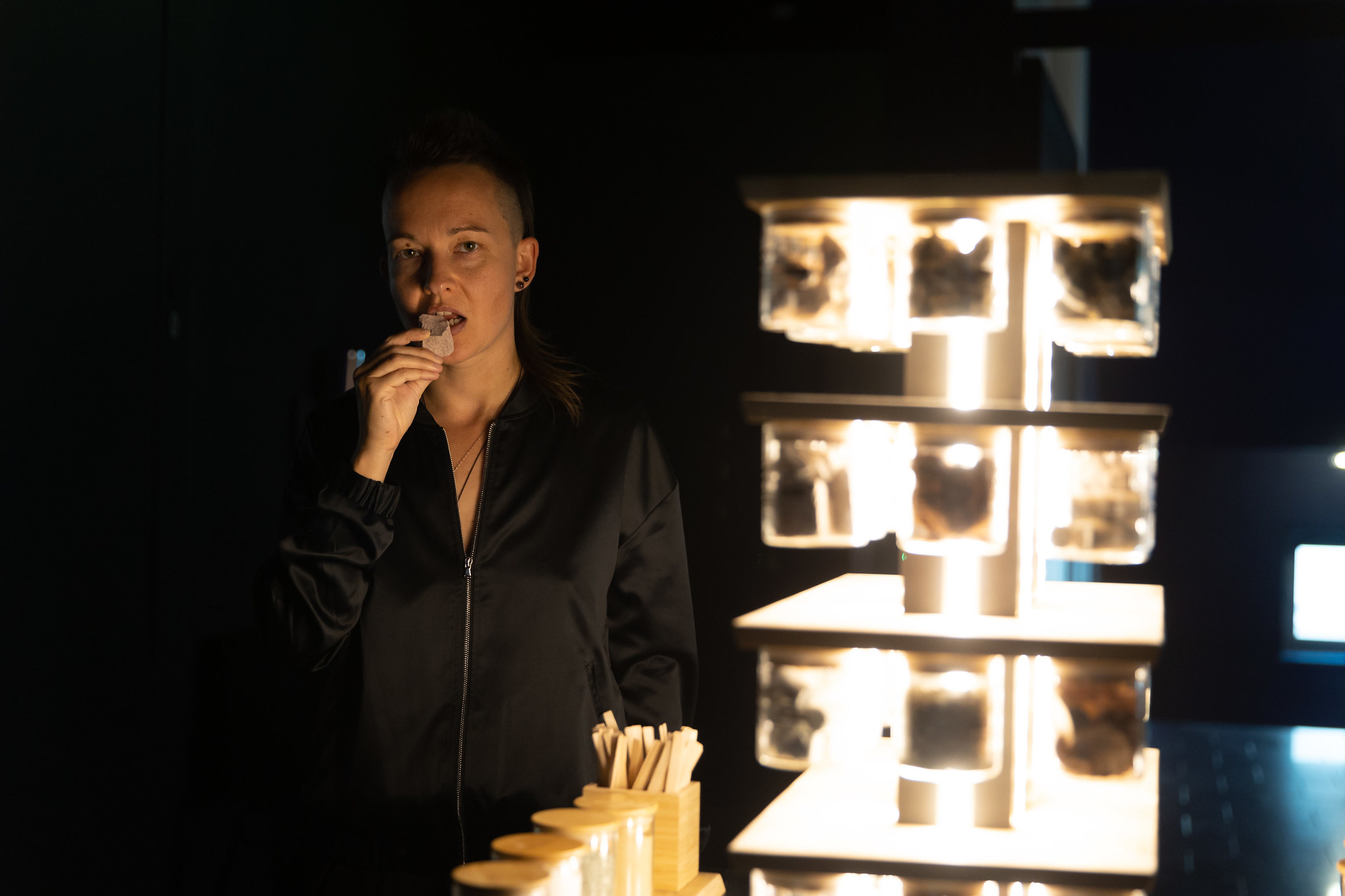Energy is the foundation of life. The smallest of organisms need it just as we humans do. But it is not just our bodies that must be supplied with energy but also our entire society, including our electrical appliances, our means of transportation, and our industries. And where does the energy come from?
In the past centuries, we have primarily relied on energy sources such as coal, natural gas, and petroleum in order to meet our increasing needs. These resources are not available in unlimited supply, however, and their use is harmful to our planet’s climate.
We now know that the way in which we produce and use energy significantly contributes to global warming. It leads to extreme weather events, periods of drought, floods, and many other dire consequences.
To ensure a green future offering a high quality of life, we must therefore take action as a global community to drastically reduce our ecological footprint on this planet. Stopping global warming is no easy task and includes many technological, social and political aspects. This is why the energy of everyone is necessary: of individuals as well as of public institutions, the business world, and international policy-makers.
The exhibition There Is No Planet B not only illustrates the urgency of the situation; it also points out that there are potential solutions and a growing social commitment to dealing with the crisis.
An exhibition by
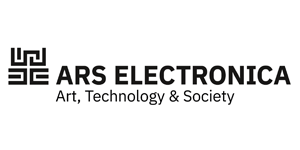
in cooperation with


We recommend: Also visit the Climate Experience Room at Linz’s Innovation Main Square to learn more about Linz’s urban climate and climate protection in daily life! You can find more info here: Klima Erlebnis Raum
Exhibits
-
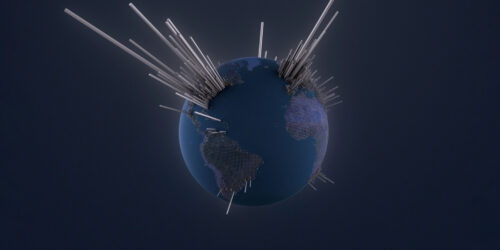
A brief history of CO2 emissions
Urban Complexity Lab — University of Applied Sciences Potsdam (DE), Potsdam Institute for Climate Impact (DE)
The StoryMap illustrates the reach of the influence of all mankind on this earth.
-
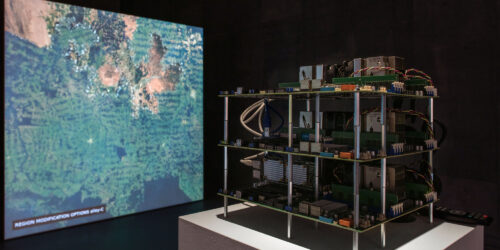
Asunder
Tega Brain (AU), Julian Oliver (NZ), and Bengt Sjölén (SE)
Asunder responds to a growing interest in the application of AI to critical environmental challenges by situating this approach as a literal proposition.
-
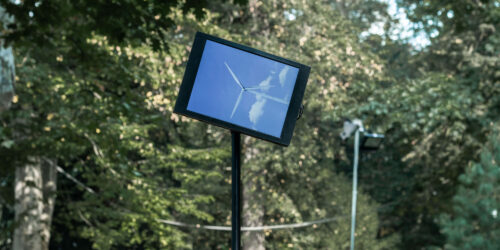
Derotation
Domas Schwarz (AT)
Derotation shows two objects which are rotating in opposite directions.
-
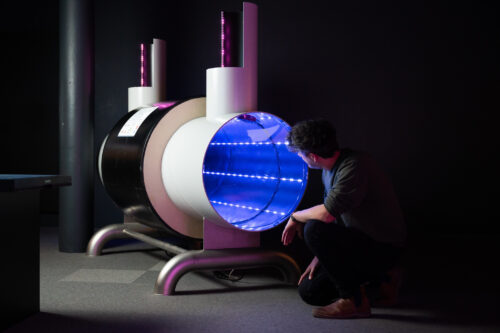
Heat Highway
JKU Energy Institute, Ars Electronica Solutions
How and with what do we distribute the heat energy available to us in an intelligent way? Heat Highway is a model for a network for supraregional heat transport.
-

iniGrid
University of Applied Sciences Potsdam (FHP), Potsdam Institute for Climate Impact Research (PIK)
One focus of the iniGrid project is the development of a “smart breaker” for the low-voltage grid.
-
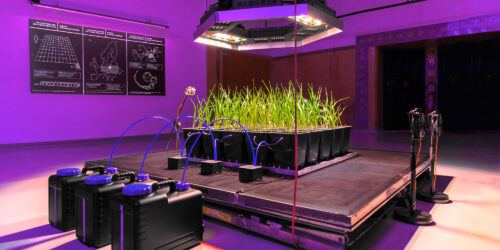
Life Support System
DISNOVATION.ORG (FR/PL/CA)
This artistic provocation seeks to estimate the orders of magnitude of critical ecosystem services fundamental to all planetary life processes.
-
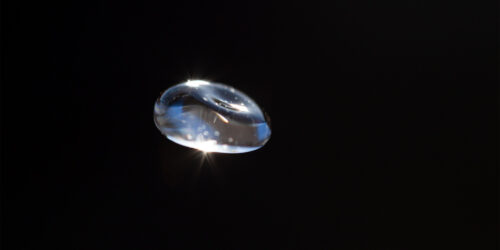
Raindrop
Alistair McClymont (UK)
Alistair McClymont’s artwork is a continuing process of discovery and experimentation, ranging across a variety of materials and practices.
-

The Human Reach
ESRI — Environmental Systems Research Institute (US)
The StoryMap illustrates the reach of the influence of all mankind on this earth.
-
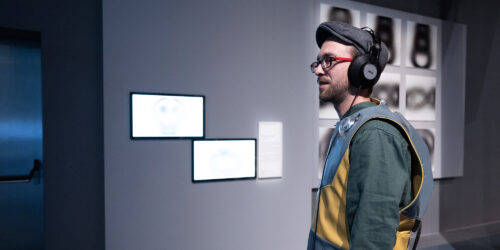
The Intimate Earthquake Archive
Sissel Marie Tonn (DK) and Jonathan Reus (US)
The Intimate Earthquake Archive brings together research done by artist Sissel Marie Tonn with two different modes of ”storing” information of man-made earthquakes.
-
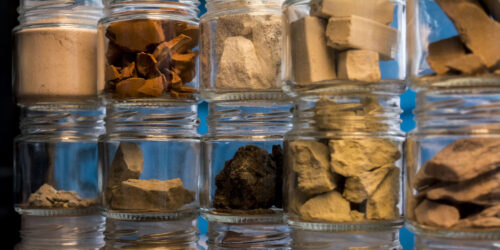
The Museum of Edible Earth
masharu (RU/NL)
The Museum of Edible Earth is a cross-disciplinary project with a core collection of earth samples which are eaten for various reasons by different people across the globe.
Credits
Ars Electronica Linz GmbH & Co KG
Co-CEOs: Markus Jandl, Gerfried Stocker
Artistic Director: Gerfried Stocker
Chief Curatorial Officer: Martin Honzik
Managing Directors: Andreas Bauer, Christoph Kremer, Veronika Liebl
Technical Directors: Gerold Hofstadler, Karl Julian Schmidinger
Exhibition Concept: Alexander Wöran, Martin Honzik, Veronika Krenn
Production Team: Veronika Krenn, Dietmar Peter, Thomas Kollmann, Bhoomesh Tak, Philipp Gartlehner, Sandra Kiendler, Sonja Bailer, Florian Hofer, Alina Sauter, Hana Oprešnik
Editorial: Alexander Wöran
Communication: Christopher Sonnleitner, Robert Bauernhansl, Martin Hieslmair, Katia Kreuzhuber, Barbara Hinterleitner, Mario Romera Goméz, Yazdan Zand, Shirin Darwish, Mario Schmidhumer
Marketing: Eva Tsackmaktsian
Exhibition Graphic Design: MOOI DESIGN, Stefan Eibelwimmer
Klima und Energiefond
Executive Director: DI Theresia Vogel
Managing Director: DI Ingmar Höbarth
PR Manager: Mag. Katja Hoyer
Program Manager: Mag. Elvira Lutter
Senior Advisor: Horst Steinmüller
